TES 2007
1st Toronto Electroacoustic Symposium / 1er Symposium électroacoustique de Toronto
À propos de ce numéro / About this Issue
Avant-propos / Editorial
TES 2007 Articles

TES 2007 Website | Photos from the Symposium
Keynote Lecture
The “normalization” of electroacoustics brought on by radical changes in accessibility since the 1960s has contributed to the development of an “elitism for all”. TES 2007 Keynote Lecturer discusses some of his works in this light.
The Discipline of Electroacoustics
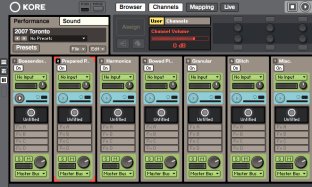
The Piano as an Electroacoustic Instrument
Some ideas about using instrumental sound manipulated electroacoustically in order to expand the sonic vocabulary of the piano as an instrument for the 21st century.
Interfaces and Environments
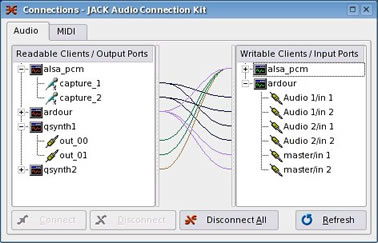
Open Source Software and Electroacoustic Music Creation: An overview and personal practices
An introduction to Open Source software and its use for electroacoustic music, aimed at students, amateurs or professionals who are unfamiliar with it. Specific information as well as personal reflections of the author.
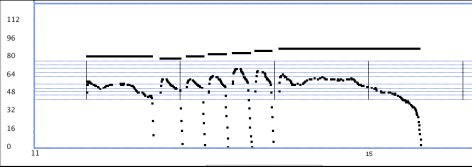
Software Tools for Electronic Wind Instrument Performance
Even though alternate musical controllers significantly extend the expressive range of MIDI synthesizers and software virtual instruments, the computer-based editing and manipulation of data produced by these controllers has remained in an undeveloped state.
Soundscapes
The Hills Are Alive…: The “Wild Fruits” Electroacoustic Soundscape Project
The author uses a number of his soundscape works to show how the soundscape can be varyingly representative, abstract, educational and immersive perspectives on soundscape materials gathered from a great variety of source locations.
Bringing Composed Activism (Back) into the Soundscape
In celebration of activism, What Is Now and What Could Have Been is a soundscape of the current and the one-time possible future; it is both a “wake-up call” and a celebration of the past and present efforts of activists.
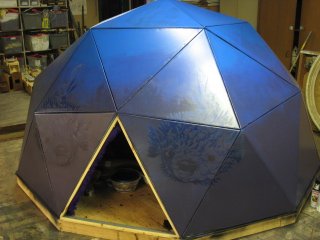
Re-auralizing Nature: Musical practice as a means to a greater understanding of the natural world
Because musical practice fulfills a unique function as a cultural storage cell for latent listening skills that are crucial to a fuller understanding of the natural world, the role of the sound artist and composer is pivotal to the planet’s future ecological health.
Instruments and Installations
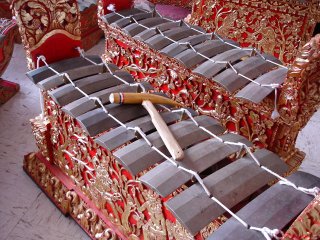
Aspects of Sahnsi and Polos in Balinese Gamelan Instruments
This article describes a project to sample, analyze, and create a composition of computer music simulating Balinese gamelan instruments.
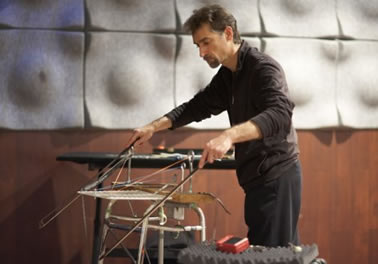
The Springboard: The Joy of Piezo Disk Pickups for Amplified Coil Springs
The Springboard is a self-built electroacoustic instrument made from coil springs, a walker and other readily available materials attached to a wooden soundboard amplified with a single piezo pickup. Bowing excites and sustains its sounds over time with richer harmonic content.
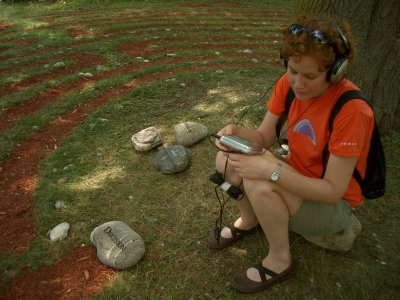
Reciprocal Listening in Electroacoustic Sound Installation
In soundscape installations, the listener can actively contribute to determining the nature of the work, thanks to the alternate forms of presentation offered by such works: different models of listening and perception are inherent to this process.
Live Electronics
The “Beast” that is Live Spatialization
The author’s account of his search for and creation of live spatializers and live spatialization techniques for simultaneously controlling multiple inputs/tracks, and a discussion of various issues related to live spatialization.
Other Articles
Gen Why Composition: Nothing to say and we are not saying it
A brief discussion of group think in “community composition.”
Waiting for an Audience: On the Misuse of a Notion Associated with Listeners
An essay that interrogates the audience: How does it represent people who listen to music?
“Conversations” with Kevin
An exchange of email messages between Barry Schrader and Kevin Austin over a two week period in September and October of 2006. The discussion covers topics in electroacoustic music in particular and music and art in general.
Musique électroacoustique en Argentine : Plaidoyer pour l’écoute de la musique de Carmelo Saitta
The article aims to bring attention to the thoughts and work of composer Carmelo Saitta, who influenced many composers of the middle generation in Argentina. This is preceded by a very short and non-official history of electroacoustic music in Buenos Aires.
The CEC’s Wiki
Two wiki pages have been built to complement the “Communities” column launched in eContact! 10.3, and to help answer the questions that pops up from time to time: “What is going on in ___?” and “Where can I check out some EA in ___?”. Your contributions to helping these “live” resource pages grow are welcome (see the contributor’s page in the Wiki).
A list of concert and recital halls, clubs, church basements, cafés where electroacoustic music (in the broad sense of the term) is likely to be heard / seen / felt / experienced on a regular basis / from time to time / once in a blue moon.
A list of recurrent and notable one-time concerts, festivals, happenings, goings-on, or other events related to EA, listed by city.
Columns
[SONUS.ca] Kwik Picks 07 by Kevin Austin
Recent additions to the CEC’s online electroacoustic Jukebox.
[COMMUNITY REPORTS] Aberdeen and Northeastern Scotland by Bill Thompson
[COMMUNITY REPORTS] Edinburgh by Owen Green
Reviews, Previews and New Releases
[REPORT] Toronto Electroacoustic Symposium 2007 (9–10 August 2007) by David Ogborn
A few words looking back at the successful 2007 event by the Symposium Chair.
[REPORT] Oscillations 2008 Festival (2–3 February 2008, Halifax NS) by Steven Naylor
[REPORT] 25 Years of BEAST (8–9 March 2008, Birmingham UK) by Annie Mahtani
Other Items
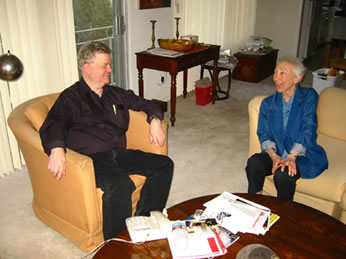
[In Memoriam] Bebe Barron (1925–2008) by Barry Schrader
[In Memoriam] Bebe Barron (1925–2008)
[In Memoriam] Tristram Cary (1925–2008)
Works by some authors and/or artists in this issue can be heard in SONUS.ca:
- Hector Centeno
- Bruno Degazio
- Carey Dodge
- James Harley
- Eric Leonardson
- Annie Mahtani
- Steven Naylor
- David Ogborn
- Jason Thomas
La CEC tient à remercier le Conseil des arts du Canada (section Lettres et édition) pour son soutien à eContact! depuis 1997, ainsi que la Fondation SOCAN pour ses subventions de fonctionnement.
The CEC thanks the Canada Council’s Writing & Publishing Section for supporting the journal since its launch in 1997, and the SOCAN Foundation for their assistance through the Core Funding Programme.
Social top